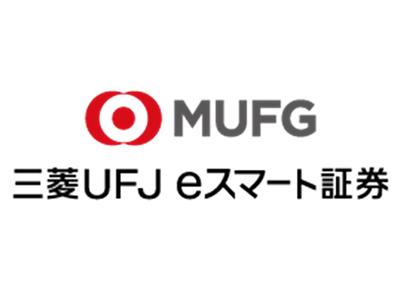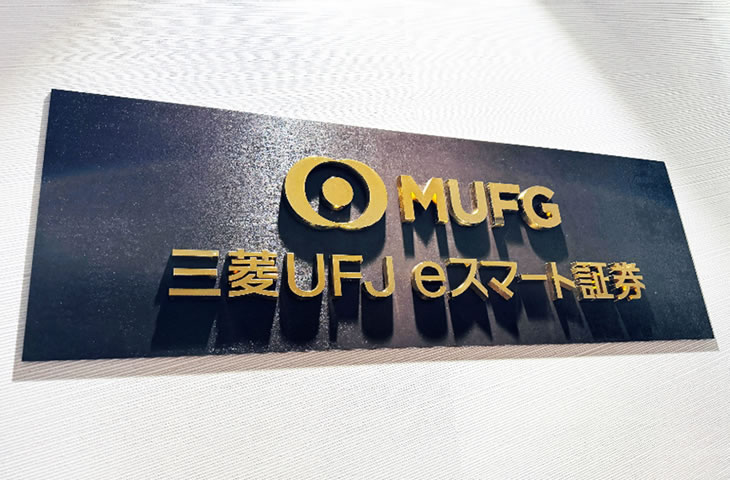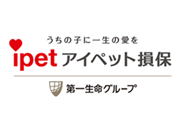Mitsubishi UFJ eSmart Securities - Solving internal network latency with PacketFabric's Internet connectivity service.

- URL : https://kabu.com/(Japanese)
-
Mitsubishi UFJ eSmart Securities, a member of the Mitsubishi UFJ Financial Group, is an online securities trading platform. It is singular in the industry for holding all of its systems within the company.
After having adopted PacketFabric's Internet connectivity service to solve problems with their office Internet speed issues, we reached out to the manager of system technology for a follow-up.

- 1) Office network too slow and unstable; Urgent need to work-from-home
-
Prior to adopting PacketFabric's Internet connectivity, the connection we used for daily operations was best effort, single line. There was no system in place to mitigate or avoid congestion and downtime in the network, so employees often complained of slow web browsing speeds and slow screen sharing when working from home using remote VPN. There were also frequent connection stability issues.
We determined that the line we were using had insufficient bandwidth, so we upgraded to 1G best effort. However, even though we increased bandwidth, during busy times such as at the beginning or end of the workday, users reported slow web browsing speeds and screen sharing under remote VPN. Connection stability issues persisted. Furthermore, when the state of emergency was declared in Japan due to COVID-19, our immediate task was to enable business continuity even as employees began working from home. We were forced to take a long, hard look at our company's internal IT systems and we became concerned that the bandwidth would be insufficient when many employees are working-from-home, and we questioned the connection quality of our office Internet environment.
We performed latency checks after increasing our bandwidth capacity. We learned that at its lowest it was 50msec, and around the beginning and end of the workday (when users complained it was slowest) we found that latency sometimes rose to over 100msec.
This made us change our approach; even if we increase bandwidth, if latency issues are not solved at the routing level, performance cannot improve.
- 2) No Comparison in Internet Quality for PacketFabric

-
The reason for choosing PacketFabric was that during discussions among our team members, it became clear that PacketFabric offered high quality Internet.
The "Intelligent Routing" method (automatic selection of the most efficient routing path) used by MIRO, PacketFabric's in-house technology appeared to offer real value because the most efficient routing path is chosen automatically from a number of top tier ISPs. Additionally, the fact that PacketFabric is trusted by lots of multinational companies all over the world was another factor that made us feel comfortable.
Given the transition to work-from-home, the fact that we could choose precisely from 200M, 400M, 1G guaranteed bandwidth was another factor which fulfilled our requirements. In sum, the versatility, reliability and quality of Internet were the factors that made us feel that PacketFabric offered great added value and why we chose PacketFabric.
Moving from best effort to guaranteed bandwidth Internet gave us some food for thought, of course from a cost perspective, but also from the presumed increase in throughput due to the low latency. As such, it took us time to decide how much bandwidth we would need. We liaised with PacketFabric's sales executives and engineers to decide the best network structure and transition schedule. We were then confident that all of our problems would be solved and we went ahead with the adoption of PacketFabric's Internet connectivity service.
- 3) Latency dropped to 1/20 - Work-from-home realized
-
The best thing to come about since adopting PacketFabric's Internet was the comfort that came from a stable Internet environment. We have technology to monitor bandwidth usage and we managed to reduce latency to 1/20th of previous levels.
In the past, latency went up during times of high usage like at the beginning or end of the workday, but since switching to PacketFabric, latency has dropped and stabilized. The problem of Internet quality was solved and complaints from users decreased.
Even after adoption, as we move towards full scale work-from-home policies, PacketFabric staff have remained in close contact to support the speedy implementation of increased bandwidth capacity, and they are always supportive and on standby with regard to queries on implementation schedule and adjustments. We are very satisfied with their after-sales support.
We also held discussions with PacketFabric regarding front-end network lines for our end users too. PacketFabric has always been willing and ready to make proposals to us in view of our situation quickly and with flexibility.
- 4) Future Issues
-
As our reliance on the cloud increases moving forward in the "Cloud First" age, we must also be cognizant of keywords and concepts such as "Internet Breakout" and "Zero Trust" and interpret them as we see fit.
As we transform our IT environment and explore many services, we try to understand the advantages and disadvantages in every service. We will aim to continue to prioritize functionality and cost.
- About Mitsubishi UFJ eSmart Securities

-
On January 31, 2025, au Kabucom Securities Co., Ltd. became a wholly owned subsidiary of MUFG Bank, Ltd. and made a fresh start with the new name "Mitsubishi UFJ eSmart Securities Co., Ltd." on February 1, 2025.
The securities firm will not only continue to play an important role as the only online securities firm in KDDI’s “au Economic Zone”, but will also drastically strengthen its ties with MUFG's customers as a core online securities firm within MUFG. The firm will strive to actualize its mission “Asset Building for All”.







